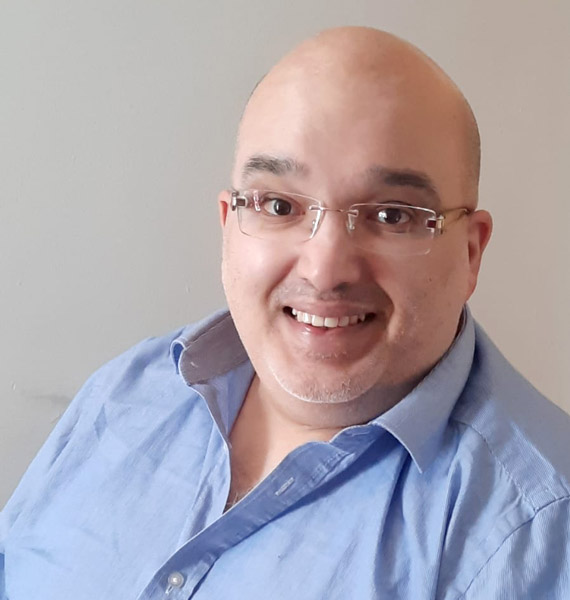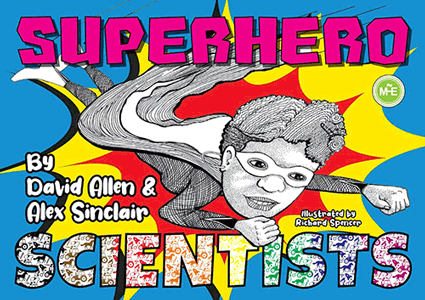
Member Spotlight for April 2021:
Hamied Haroon

Hamied Haroon, Ph.D.
Research Associate in Biomedical MR Imaging
University of Manchester
Manchester, UK
ISMRM Member since 2001
I have always loved science and medicine. From my early childhood I wanted to become a medical doctor (inspired by Star Trek’s Dr McCoy!) but the careers advisers at school discouraged me from pursuing a medical career because I am disabled. I would not give up on science though! At college, in my physics teacher’s office, I spotted a book entitled “Medical Physics” – I had found my path into medicine. We were introduced to MRI in the Medical Physics MSc I took at The University of Manchester and it sent my mind in a spin!
As well as offering exquisite pictures of the insides of the living brain and body without so much as a touch, MR also allows us to measure how we are structured and function in health and disease, all based on beautiful physics and innovative engineering. As we see at ISMRM every year, MR never stops evolving. I find it such a thrill to work in this field.
The research group I currently work in at The University of Manchester is one of many around the world exploring how MR can be used to diagnose dementia earlier. I’m using diffusion MRI – my favourite technique – to try to detect subtle microstructural changes in the brain that may signal the earliest stages of dementia. This could lead to the possibility of finding a treatment that would stop this devastating disease in its tracks.
Would I swap MR research for being a medical doctor now? No chance, but I do love working with medical doctors and other scientists!
I like listening to music while I work and when I get time I enjoy watching tv, especially movies. I am married and we have two teenage children, who are also disabled. I am passionate about fighting for the rights of disabled people. I helped establish the Disabled Staff Network at my University in 2007 and founded the National Association of Disabled Staff Networks (NADSN) in 2014 to raise our voice on a national level and campaign for a more inclusive workplace in academia. Early disability activism during my student days involved me doing a bungee jump in my wheelchair close to the University campus as a protest against inaccessible facilities – a picture of me upside down mid-bungee made it into the local press!
 I’ve been featured in a vibrant new book for primary school children entitled “Superhero Scientists”, which illustrates the discoveries and contributions made by scientists, past and present, hailing from a wide diversity of backgrounds.
I’ve been featured in a vibrant new book for primary school children entitled “Superhero Scientists”, which illustrates the discoveries and contributions made by scientists, past and present, hailing from a wide diversity of backgrounds.
My PhD supervisors, Professors Alan Jackson and Steve Williams, encouraged me to get involved with the ISMRM. In 2002, I first attended a Diffusion Workshop in Saint-Malo, France, which is where I met the amazing Roberta Kravitz and made friends there who are still good friends today. Later that year, I also had an oral presentation at my first ISMRM annual conference in Honolulu. A memorable year for sure!
The ISMRM conferences are great fun. I love the global reach of the ISMRM community and the fact that we are all connected by our passion for MR science and technology. It’s an incredible thing to be part of.
I am currently on the Equity, Diversity and Inclusion (EDI) Committee, led by Dr Liz Morris, Dr Udunna Anazodo and Professor Karla Miller. It’s such a privilege to be part of the first committee to promote EDI in ISMRM. We all need to feel welcome and valued in our global community so our science and innovations can benefit as much from who we are and what we bring! ISMRM 2019 included the first EDI Forum at which I talked about accessibility to society activities. Many colleagues felt empowered to share their own experiences at the reception that followed which was a fantastic result! We also have a commentary piece by Warnert et al in JMRI’s May 2021 issue – well worth a read!

